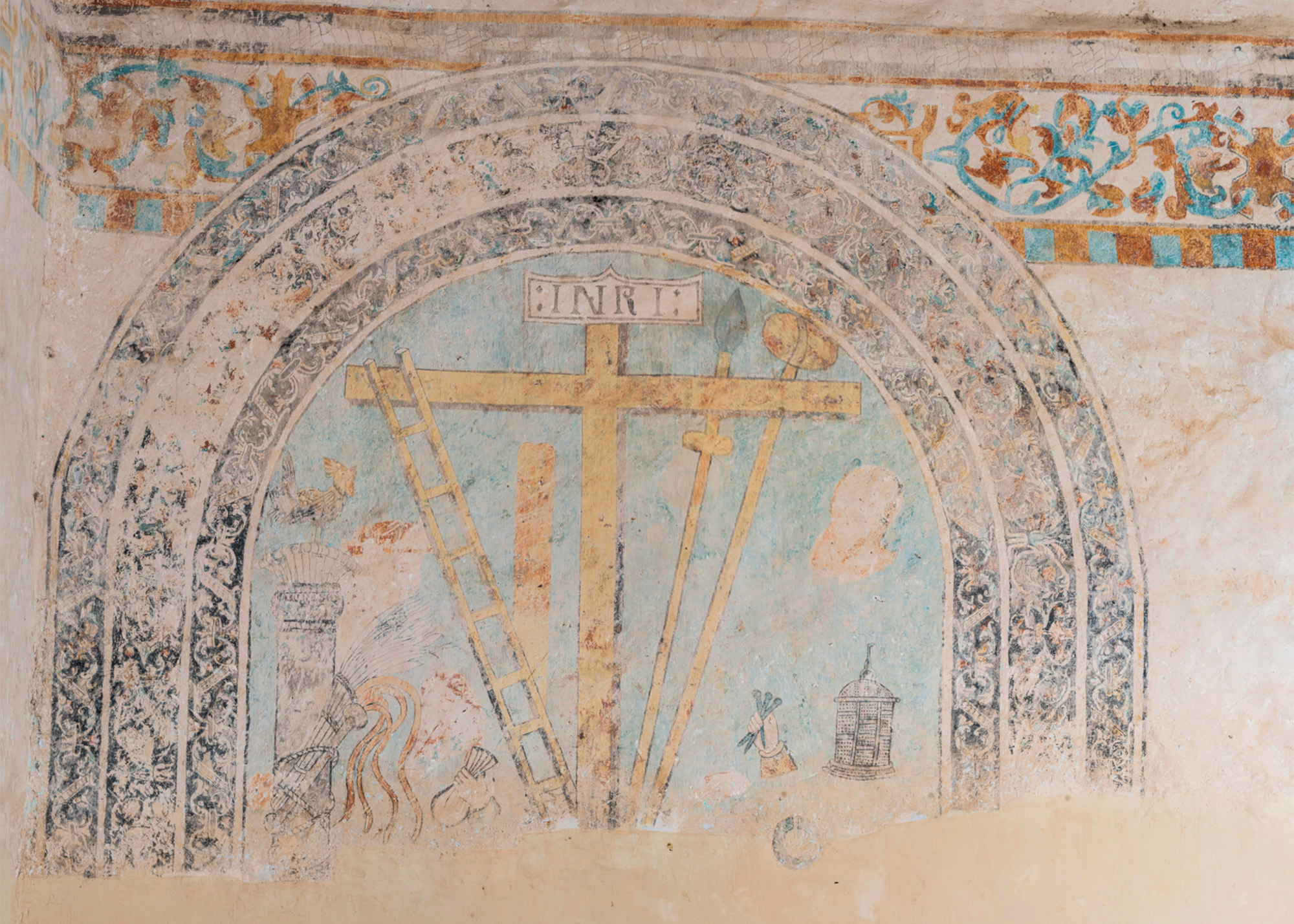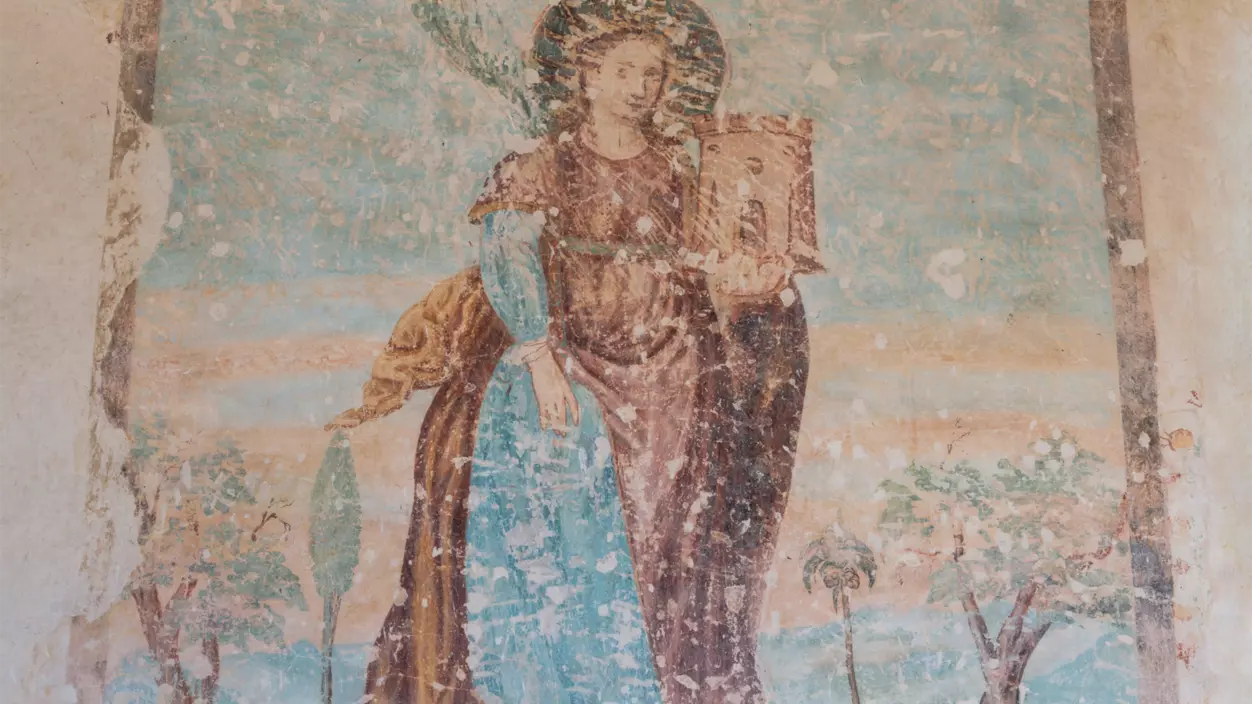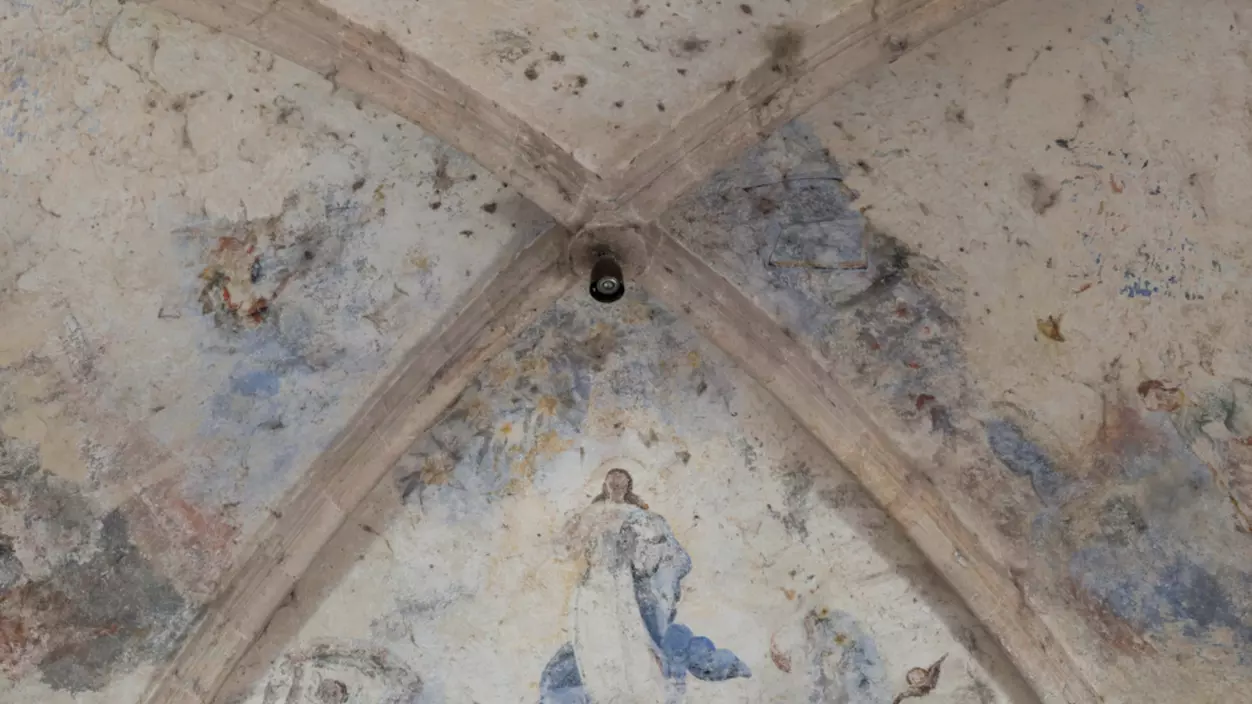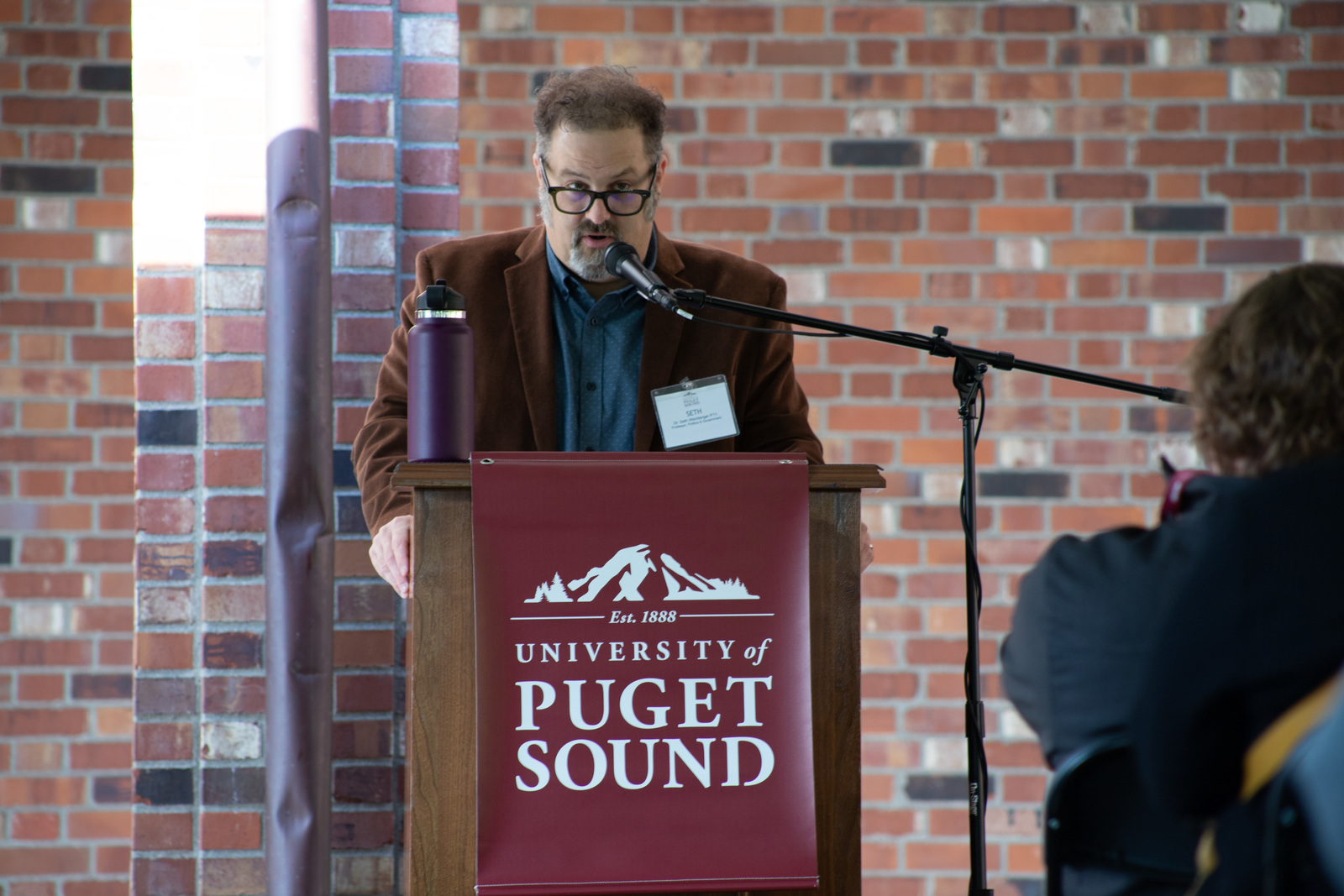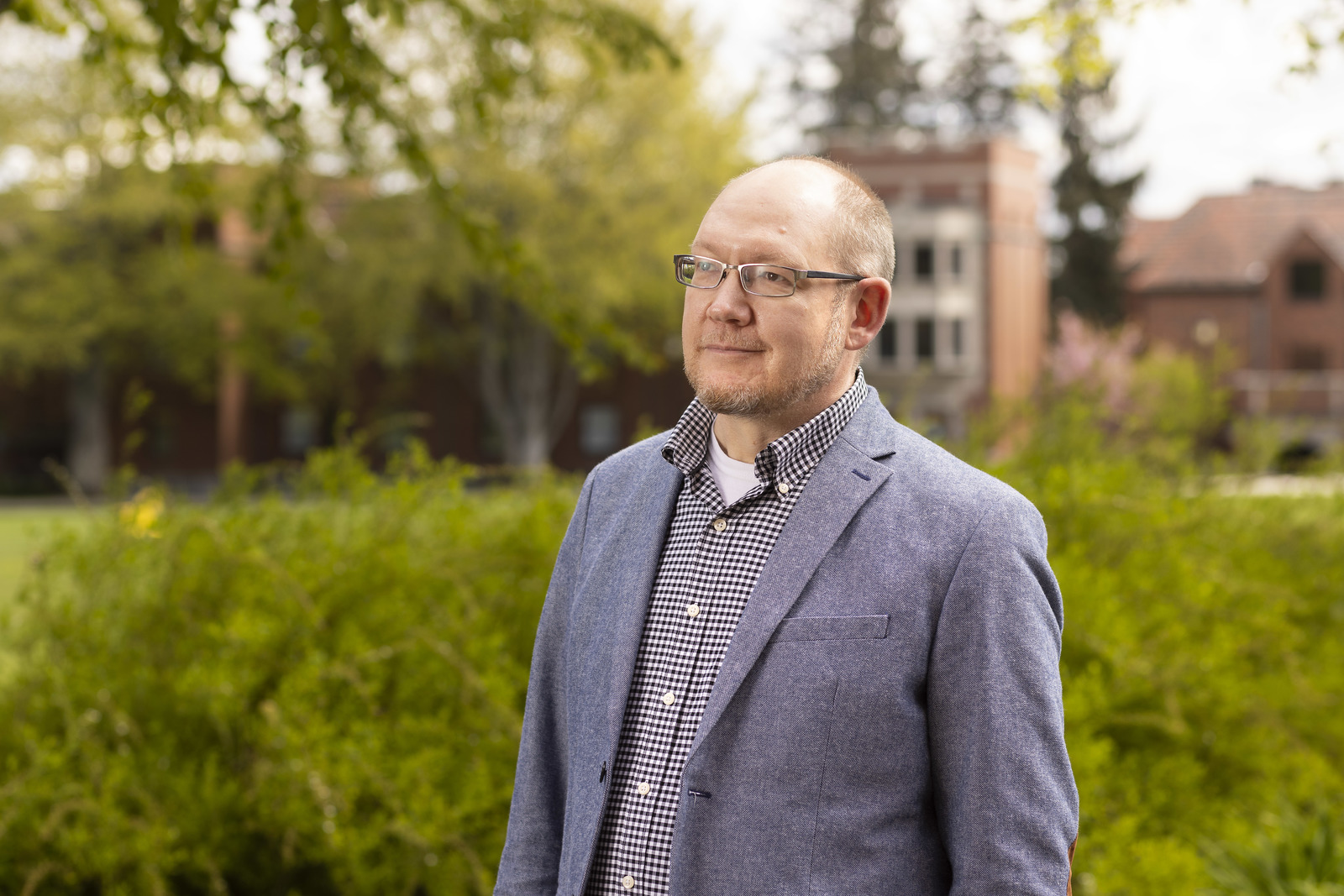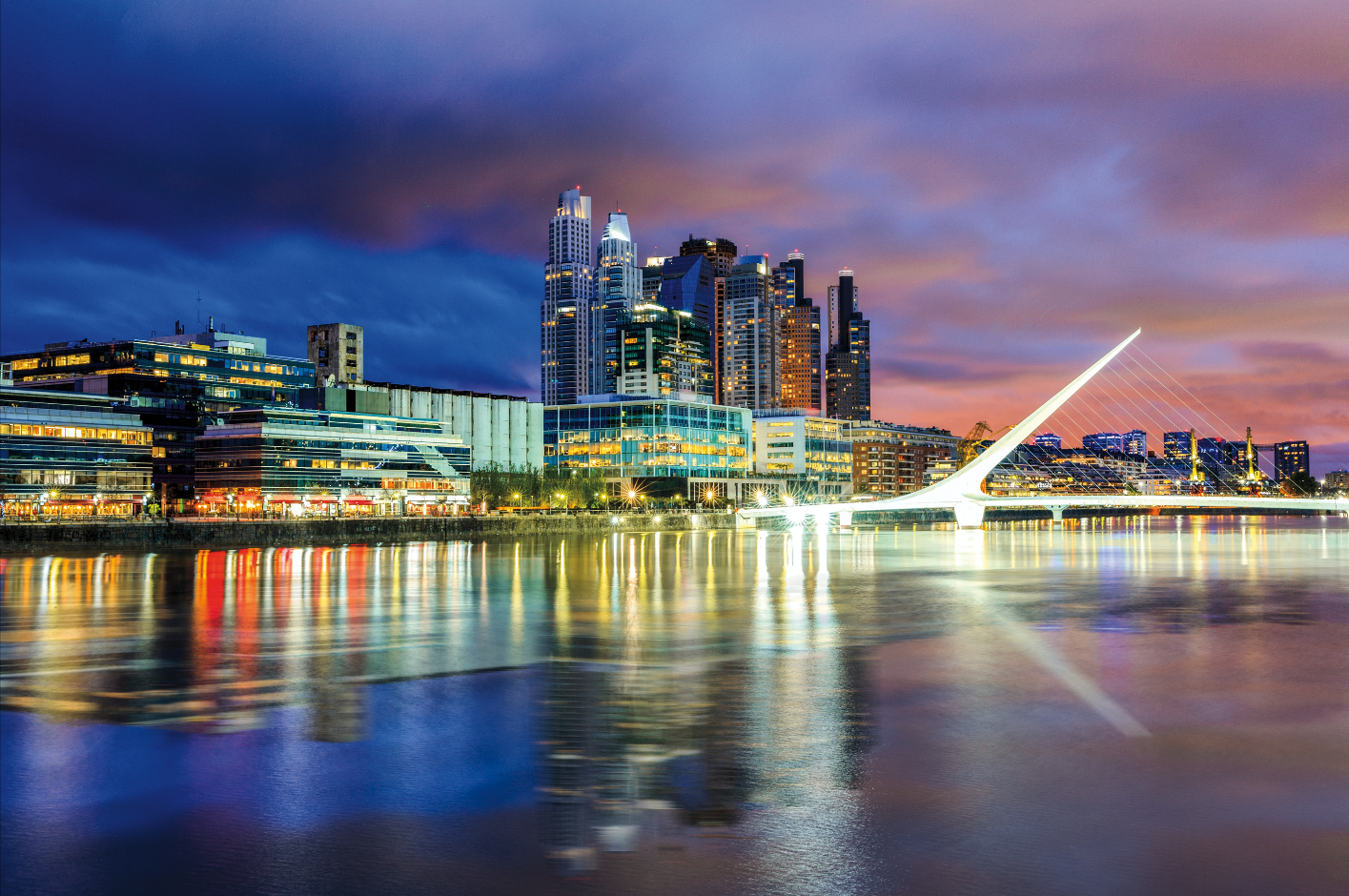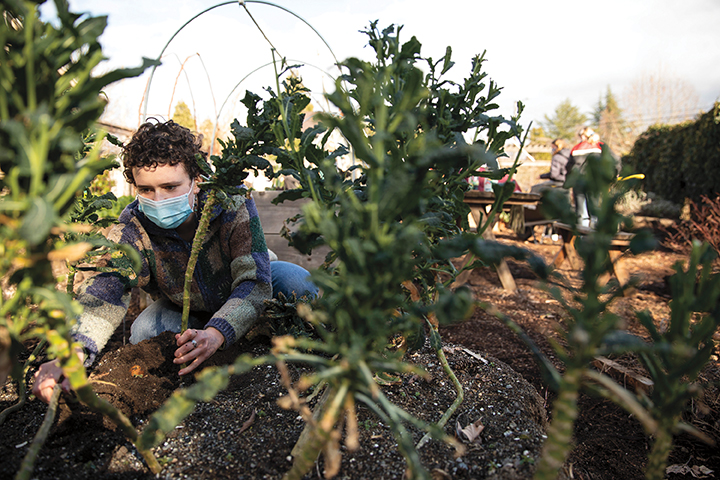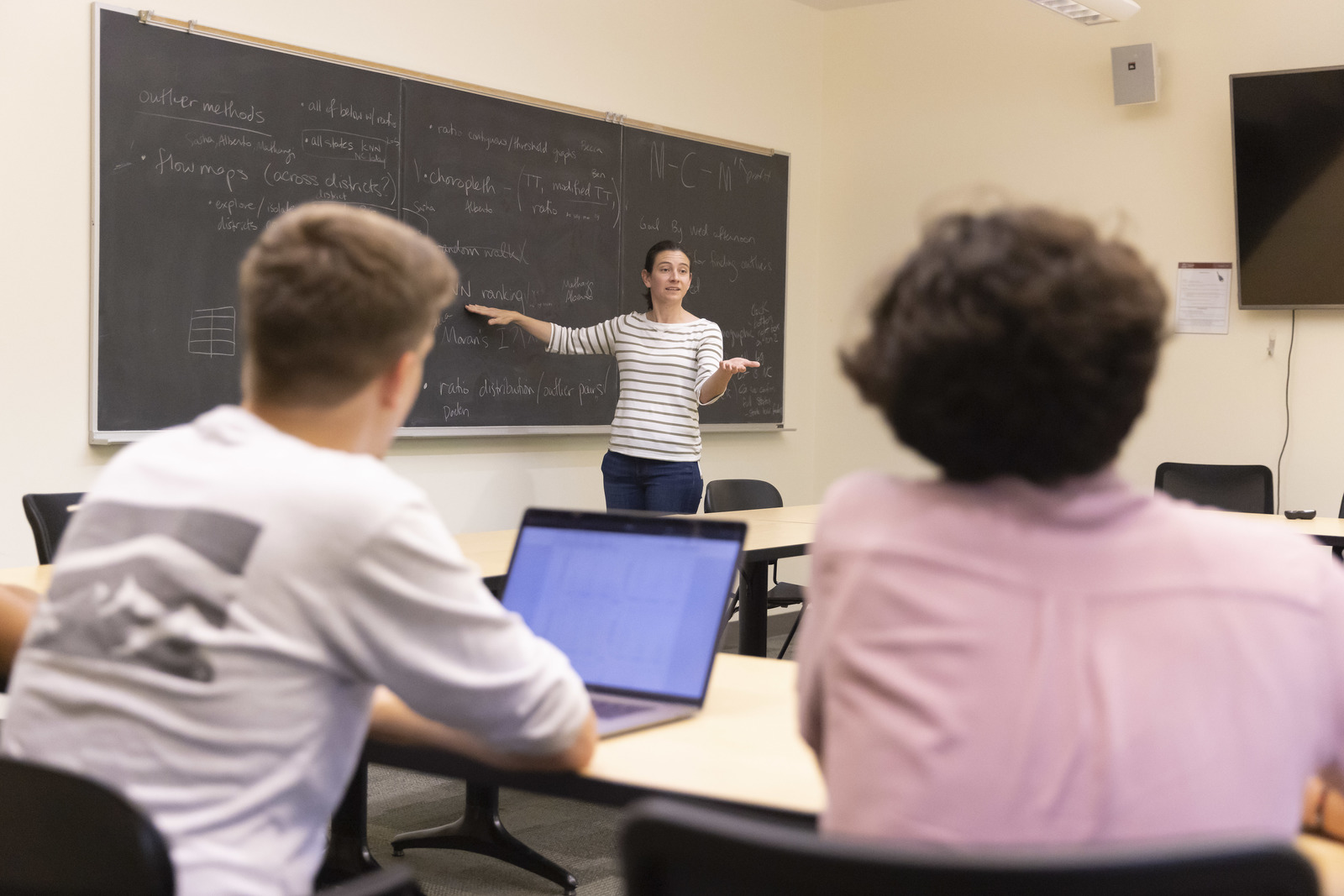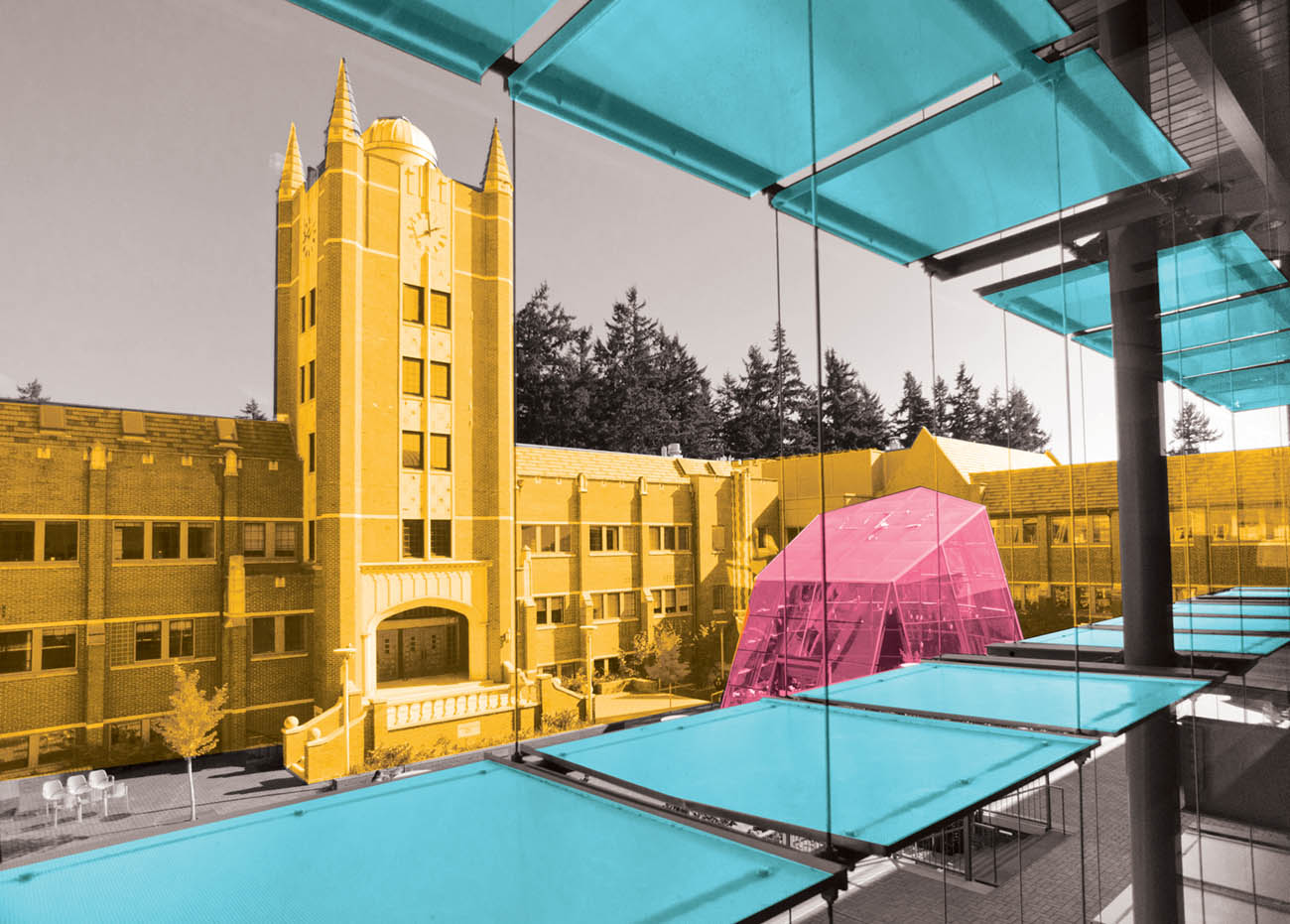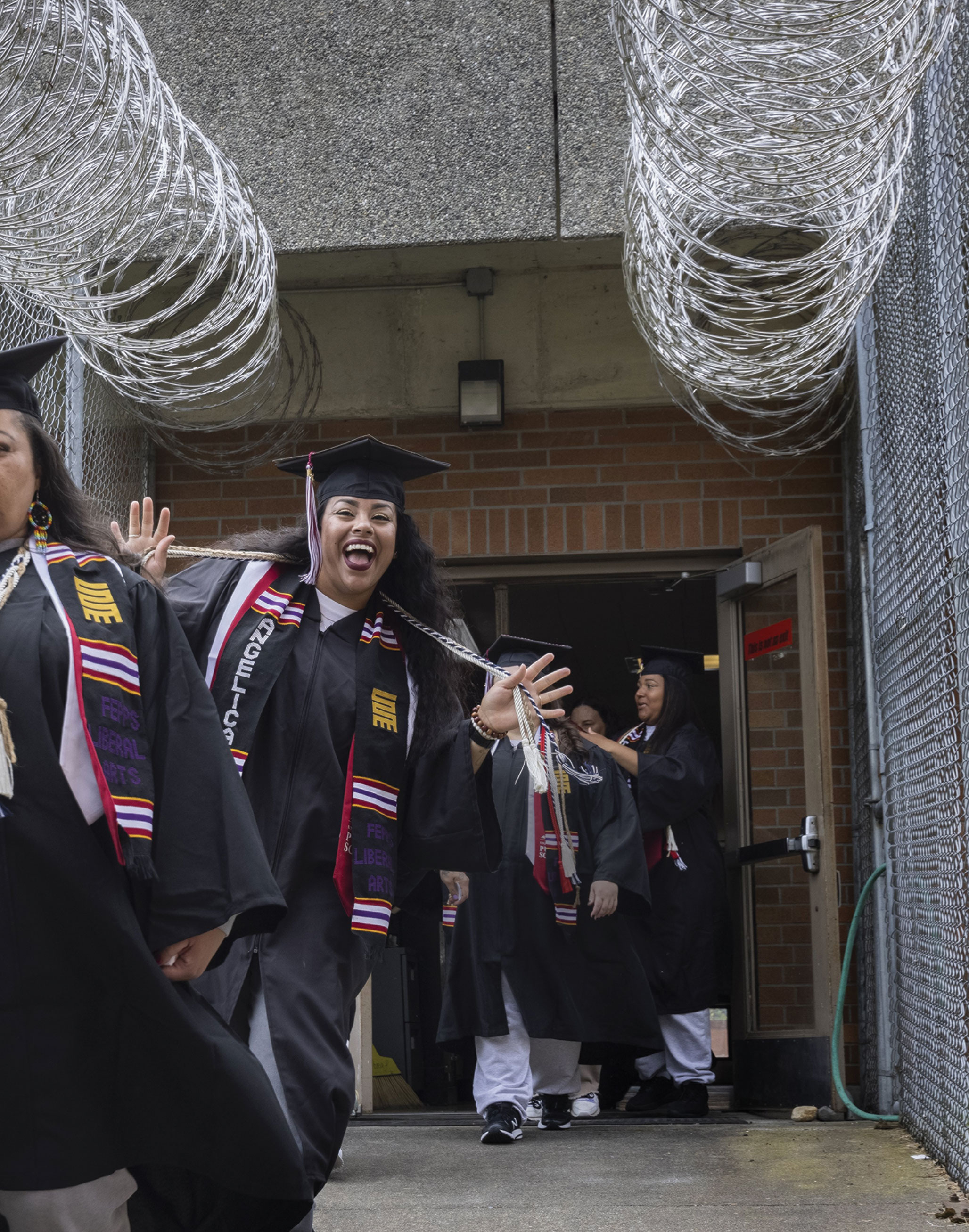The work of Puget Sound art historian Linda Williams has helped reveal the hidden truth of how art and culture evolved in the Yucatán Peninsula.
The fading, centuries-old murals on the walls of churches around the Yucatán Peninsula reflect the influence of the Europeans who landed on its shores in the 16th century. It seems only logical to assume that the images were created by the Europeans, whose arrival transformed the entire hemisphere—but that assumption is actually incorrect.
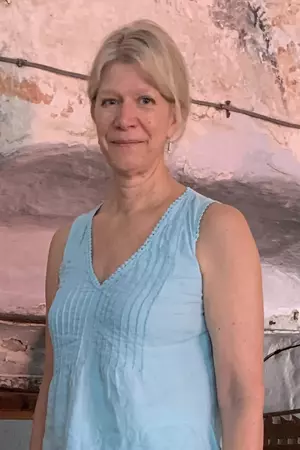
Linda Williams’ work is central to a collaborative effort that has uncovered the truth lying beneath the surface—quite literally, in this case, under peeling layers of plaster. Williams, professor emerita of art history, and her colleagues have been able to determine that the artists responsible were “largely if not exclusively Maya painters,” working under the direction of Franciscan friars, but using techniques and materials that predated the Spanish. “There was a millennia-long tradition of incredibly skilled artists who created pigment and applied it to the walls,” says Williams. Even in the face of European conquest, she says, “that didn’t die out.”
It took an interdisciplinary effort of art history savvy and high-tech analysis for Williams and her colleagues to confirm their findings. The work was propelled by a $200,000 grant from the National Endowment for the Humanities. At the heart of the project are Williams and Amara Solari, an art historian and anthropologist from Penn State; their partnership grew out of a shared interest in the cultural and artistic history of Yucatán—a region that both knew well and about which scholarship remains relatively light. Williams, who initially studied Italian art history at the University of Texas, began her immersion in colonial Mexico and the broader region with a grad school trip in 1992. “I was thinking about how I could combine my interest in the pre-Columbian past with my background in Italian art history,” she says. “The answer was the colonial period.”
More than 30 years later, she says, “There still aren’t that many of us in the field.”
